Lakes and ponds are catch basins for the many sources of nutrient pollution. Excess nitrogen and phosphorus from animal or fish waste, stormwater runoff, grass clippings or leaves, and fertilizers from agriculture are a just a few examples of the nutrient pollution that eventually settles at the bottom of lakes and ponds. Lake and pond bottoms that are overloaded with these nutrients can experience oxygen depletions, fish kills, or harmful algae blooms that negatively impact the water bodies’ recreation and economic uses.
MD Pellets were formulated through years of research on how to enhance the natural digestion of the organic debris and muck that stores nitrogen and phosphorus. This scientifically tested product works in harmony with natural microbial communities to break down the complex compounds into smaller units and release carbon dioxide, water and energy in the process.
Reducing muck buildup in an aquatic environment can lead to increased capacity, improvements in dissolved oxygen levels, reduced nitrogen and phosphorus compounds, and increased water quality. MD Pellets restore the balance in the aquatic ecosystems on the bottom of lakes and ponds. Real science. Real results.
Dosage Rates
Once per month or as needed.
| Surface Acres |
Targeted Muck Reduction |
Muck Maintenance & Prevention |
Degradation of Floating Debris |
| 1/4 |
5 – 12.5 pounds |
2.5 – 6.25 pounds |
1.25 – 3.75 pounds |
| 1/2 |
10 – 25 pounds |
5 – 12.5 pounds |
2.5 – 7.5 pounds |
| 1 |
20 – 50 pounds |
10 – 25 pounds |
5 – 15 pounds |
| 5 |
100 – 250 pounds |
20 – 125 pounds |
20 – 75 pounds |
| 10 |
200 – 500 pounds |
100 – 250 pounds |
50 – 150 pounds |
| 100 |
2000 – 5000 pounds |
1000 – 2500 pounds |
500 – 1500 pounds |
*Do not mix directly with algaecides or herbicides.
**If used in conjunction with algaecide or herbicide, apply MD Pellets after chemical treatment for best results.
LOCATION: North Carolina
SIZE: Multiple ponds (less than 1 acre)
TARGET: Muck
<br/ >
SUMMARY: Assessing the effectiveness of reducing the much layer in ponds using MD Pellets in combination with diffused aeration vs. fountain aeration.
SOLUTION: Apply MD Pellets monthly while water temps are above 60°F for 1 year.
RESULTS: Muck layer was reduced in both ponds. Pond 6 (fountain aeration) saw the muck layer reduce by .85 inches while pond 7 (diffused aeration) saw the muck layer reduce by 2.5 inches.
<br/ >
Full Foster Lake and Pond Management 2020 Case Study
LOCATION: Illinois
SIZE: 12 Acres
TARGET: Muck, Nutrients, Water quality
<br/ >
SUMMARY: A 12 acre pond used primary for recreational purposes was experiencing a decline in water quality due to years of organic matter and nutrient accumulation.
SOLUTION: Apply MD Pellets to targeted areas with significant muck and nutrient accumulation. Repeat the treatments as needed over several seasons.
RESULTS: The successful treatment over two seasons helped to restore water quality and regain depth in the pond.
<br/ >
Full Terrapin Aquatics 2019 Case Study
LOCATION: Wyoming
SIZE: Multiple water bodies (less than 2 acres)
TARGET: Muck, Nutrients, Algae, Aquatic Plants
<br/ >
SUMMARY: A Trout fishery and ranch was experiencing excessive algae and plant growth. This was harming fish populations and causing issues for irrigation.
SOLUTION: Apply MD Pellets to reduce muck and nutrient levels. Integrate PondZilla Pro into herbicide applications to improve efficiency and effectiveness of treatments.
RESULTS: Nutrient and muck levels were limited. Algae and plants were controlled.
<br/ >
Full Mountain Town Maintenance 2018 Case Study
LOCATION: Ohio
SIZE: Multiple (less than 1 acre)
TARGET: Muck
<br/ >
SUMMARY: Assessing the effectiveness of reducing organic debris in ponds with MD Pellets.
SOLUTION: Apply MD Pellets in regular intervals throughout the treatment season.
RESULTS: MD Pellets were shown to effectively reduce organic debris.
<br/ >
Full Aqua Doc 2018 Case Study
LOCATION: Michigan
SIZE: 4 acres
TARGET: Cyanobacteria (Lyngbya), HAB’s (Harmful Algal Bloom)
<br/ >
SUMMARY: A lake at the center of a residential community was experiencing harmful algal blooms that limited use of the lake. The cyanobacteria, Lyngbya, bloomed frequently throughout the summer season and was not responding to traditional chemical treatments.
SOLUTION: Incorporate AquaSticker into chemical treatments to kill the cyanobacteria and apply MD Pellets to reduce the internal nutrient load.
RESULTS: Cyanobacteria blooms were reduced in both frequency and intensity and the lake became safe for residence to use.
<br/ >
Full Lake Pro 2018 Case Study
LOCATION: Illinois
SIZE: 1.5 Acres
TARGET: Filamentous algae, E. Coli
<br/ >
SUMMARY: A man-made swimming lagoon was experiencing frequent filamentous algae blooms and elevated levels of E. Coli making swimming and recreation unsafe.
SOLUTION: Integrate PondZilla Pro and MD Pellets into a management plan to break ensure full decomposition of the filamentous algae and improve water quality and clarity.
RESULTS: Filamentous algae was controlled, and E. Coli concentrations were reduced to below harmful levels.
<br/ >
Full ILM 2018 Case Study
LOCATION: Illinois
SIZE: Multiple, < 1 acre
TARGET: Muck
<br/ >
SUMMARY: Multiple ponds in a residential community were exhibiting signs of eutrophication and rapid muck buildup.
SOLUTION: Apply MD Pellets to reduce internal nutrients and muck levels.
RESULTS: Muck levels reduced and MD Pellets provided an economical way to improve water quality.
<br/ >
Full McCloud Aquatics 2018 Case Study
LOCATION: Wisconsin
SIZE: 1900 Acres, 52 ft depth
TARGET: Muck, filamentous algae
<br/ >
SUMMARY: This Wisconsin lake is home to many species of game fish and is frequented by a variety of recreational visitors in summer months. Its tributaries and inlets are susceptible to sediment accumulation and excessive nutrients began leading to anoxic conditions and blue green algae blooms.
SOLUTION: Added MD Pellets monthly, with muck depth measurements taken at six locations before each application.
RESULTS: Muck levels were reduced at 5 of the 6 measurement points.
<br/ >
Full Lake and Pond Solutions 2016 Case Study
LOCATION: Wisconsin
SIZE: 6.5 Acres, 5.1 ft average depth
TARGET: Muck, filamentous algae
<br/ >
SUMMARY: A 6.5 acre lake was experiencing frequent algal blooms (Hydrodictyon, Pithophora, and Spirogyra) and occasional fish kills. Aeration, algaecides, and aluminum sulfate treatments alone were unable to gain control. Muck buildup on the bottom of the lake was identified as the source of nutrients feeding the algal blooms.
SOLUTION: Added MD Pellets monthly to reduce much buildup and reduce the internal nutrient reservoir.
RESULTS: Muck levels were reduced at the targeted locations and the desired control was achieved.
<br/ >
Full Lake and Pond Solutions 2016 Case Study
LOCATION: Florida
SIZE: 23.8 acres
TARGET: Filamentous algae, muck
<br/ >
SUMMARY: Microsystis, Anabenea and other forms of Filamentous Algae were an ongoing issue in these two combined man-made lakes. They also saw muck builup between 12-18 inches.
SOLUTION: Added MD Pellets, PondZilla Pro, and VitaStim Summer Slam every two-weeks.
RESULTS: After six weeks of treatment, algae levels had diminished and water clarity had returned. By the end of the 6 month study, the lakes had vastly improved.
<br/ >
Full Lake Doctors 2017 Case Study
LOCATION: Ohio
SIZE: 1.2 Acres
TARGET: Filamentous algae, muck
<br/ >
SUMMARY: This Ohio pond was completely covered with filamentous algae and had a thick layer of muck built up on the bottom.
SOLUTION: Applied a combination of muck digester MD pellets, dye, and copper sulfate to clear the undesirable growth and impact major results.
RESULTS: After introducing MD pellets, there were no more algae blooms and the sediment on the bottom was drastically reduced. The more MD pellets that we’re used, the healthier the pond became, and overall lead to less and less chemicals being applied each month.
<br/ >
Full Lake Doctors 2017 Case Study
<br/ ><hr/ > <br/ >
The Natural Lake Biosciences Research & Case History Rewards Program is an annual contest created to allow lake managers to show off all the great work they do with Natural Lake Biosciences products. Follow the links below to learn more about the program, how to enter, and what constitutes a winning case study.
<br/ >

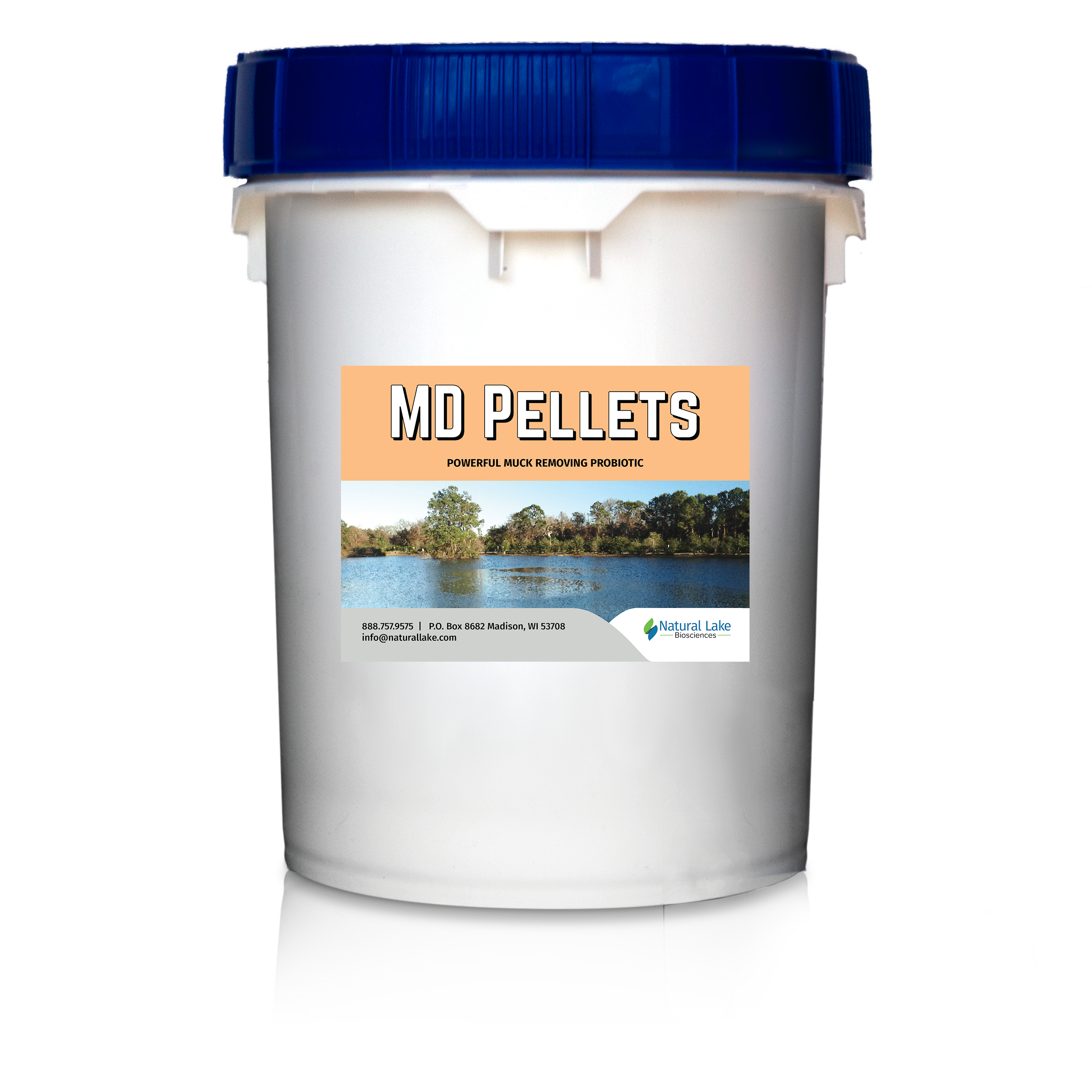

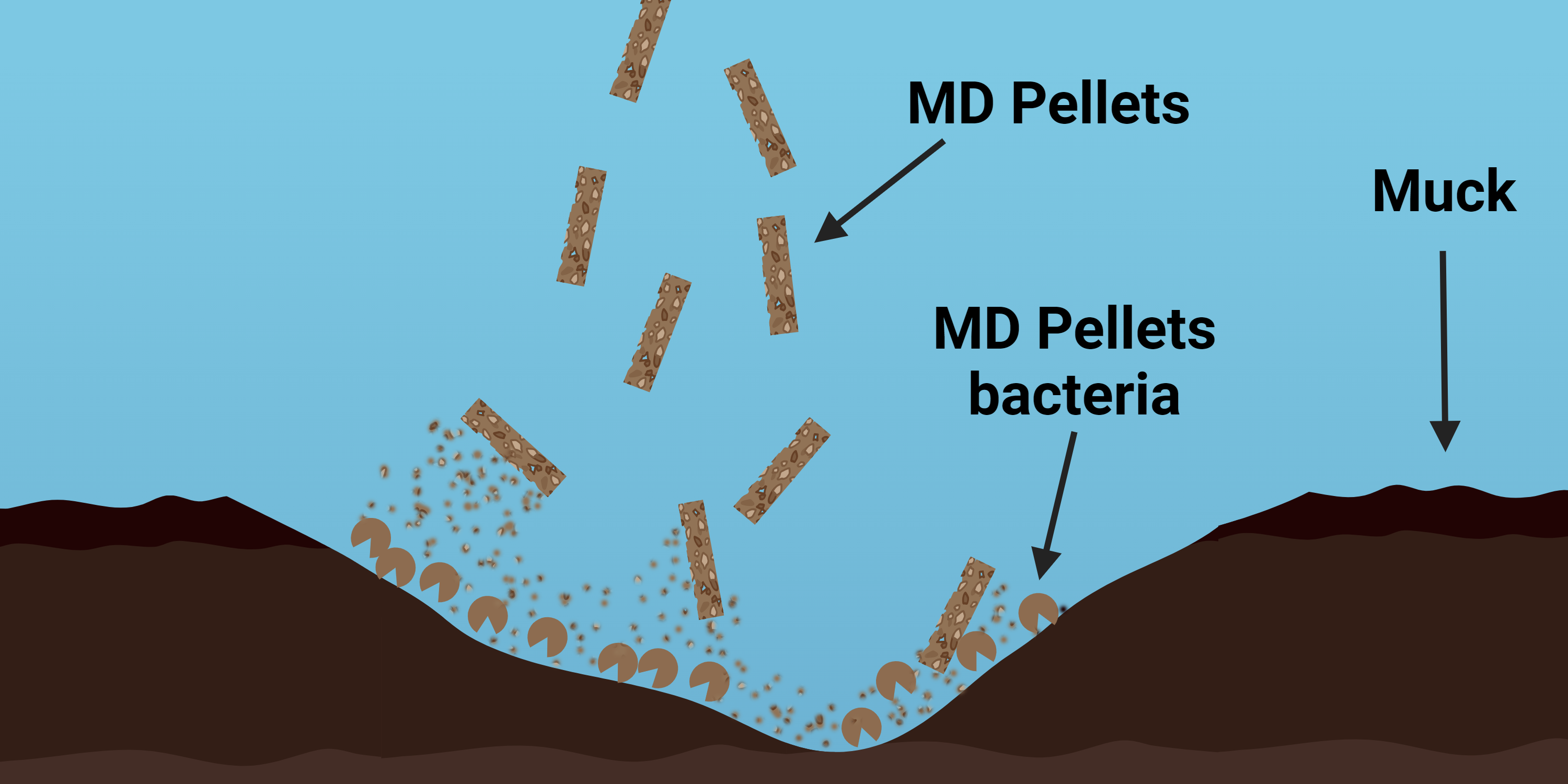
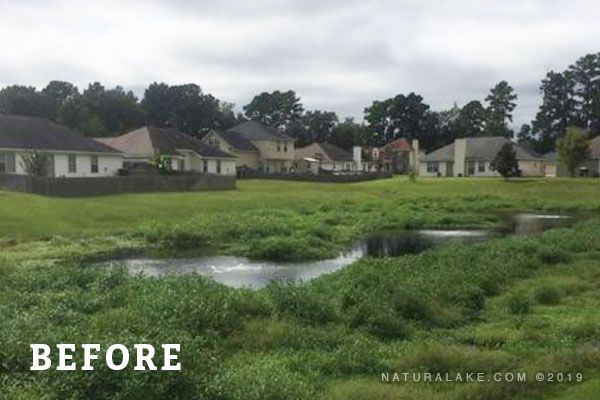
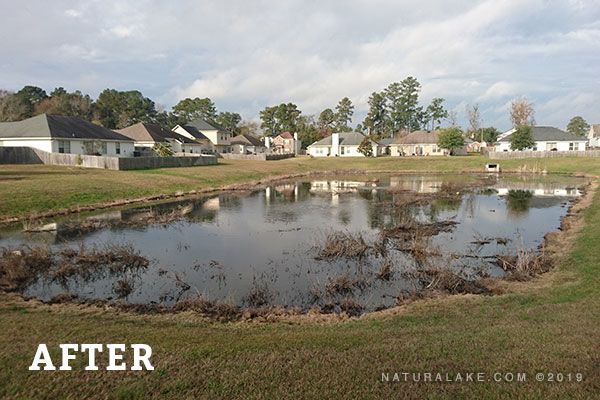

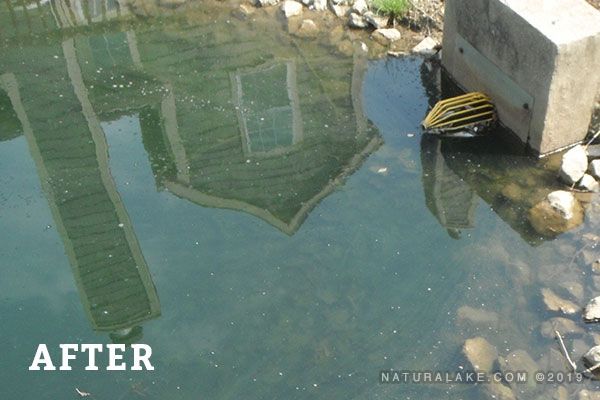

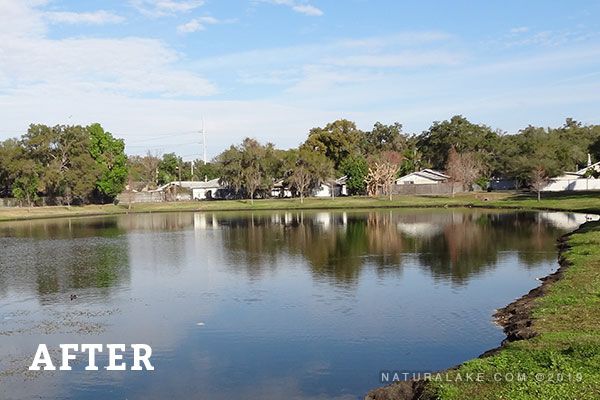
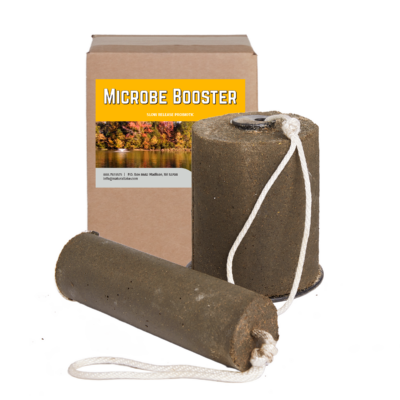

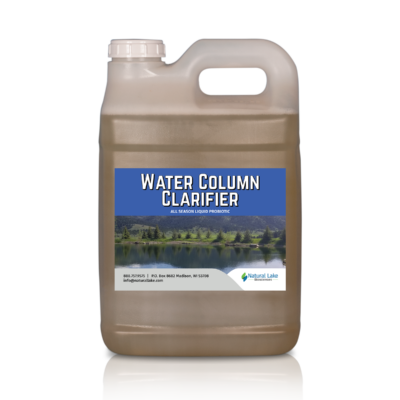
Andrew M. (FL) –
Muck digestor pellets truly do work. With the correct management plan we have reduced muck from as much as 24” down to almost nothing. I highly recommend this product.